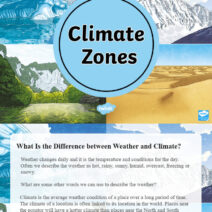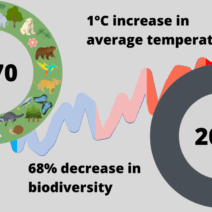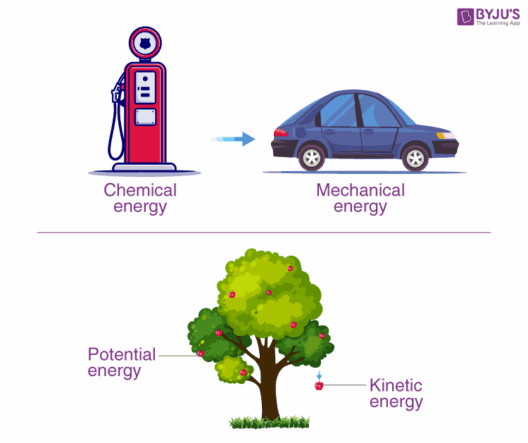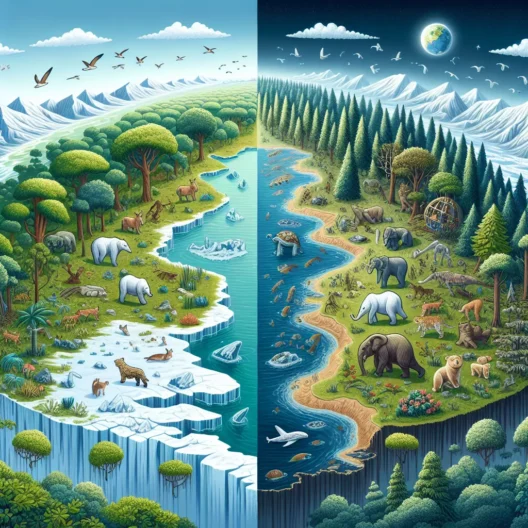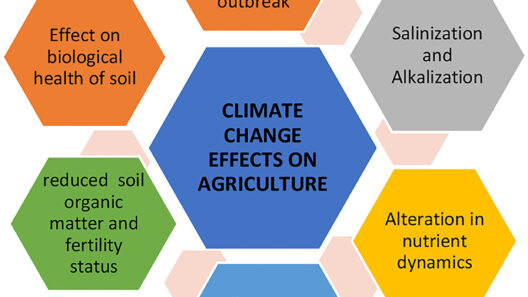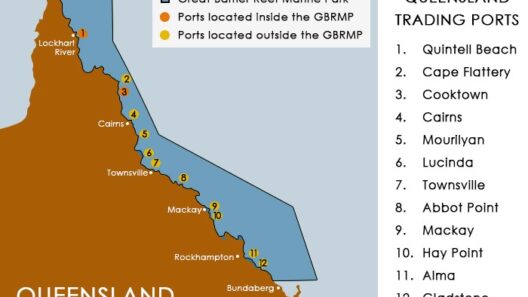Haiti, once a verdant paradise marked by lush forests and diverse biodiversity, now grapples with a harrowing reality defined by significant deforestation. This environmental crisis is not merely an aesthetic concern; it bears profound implications for the island’s climate, ecosystem, and, ultimately, its inhabitants. The cascading effects of deforestation resonate throughout Haiti’s geography and sociopolitical landscape. Exploring this altered state of existence elicits a deeper understanding of the intricate relationships between ecological systems and the survival of a nation.
To fully appreciate the gravity of Haiti’s tree crisis, it is essential to delve into its historical context. Historically, Haiti was covered by dense forests, teeming with life that served both ecological and economic functions. The natural flora provided timber for construction, fuel for cooking, and medicinal plants for traditional healthcare practices. However, as population density escalated and economic struggles deepened, the rampant deforestation commenced. From the colonial era to the present day, agricultural expansion, illegal logging, and urbanization have left a barren landscape devoid of much of its former glory.
One might wonder why this transformation remains significant in understanding Haiti’s present climatic challenges. Trees play an integral role in regulating local and regional climates. They act as natural air conditioners, helping to mitigate temperature fluctuations and maintain precipitation levels. When trees are systematically removed, the ecosystem struggles to maintain these balances. Haiti’s once-stable climate has become increasingly erratic, characterized by heightened temperatures, altered rainfall patterns, and extended dry periods.
The implications of deforestation do not stop at mere temperature modifications. Soil erosion has emerged as one of the catastrophic byproducts of this environmental mismanagement. Without the stabilizing roots of trees, the rich topsoil, essential for agriculture, washes away during rainstorms. The result? Agricultural productivity suffers, leading to food insecurity and posing direct challenges to the country’s already fragile socio-economic fabric. Farmers, confronted with diminishing yields, are forced to adapt or abandon their seminal practices, which further exacerbates poverty levels.
Moreover, the primary driver of deforestation—agricultural expansion—is not sustainable. Haiti predominantly relies on subsistence farming, leaving little leeway for agro-forestry or sustainable practices. The dire need for progress often overshadows long-term ecological health. Such short-sighted approaches have created a vicious cycle: deforestation leads to soil degradation, which in turn results in food scarcity, compelling further deforestation as farmers seek new land to cultivate. This continuous cycle is destabilizing not just for land but for the livelihoods dependent upon it.
Another dimension of Haiti’s environmental crisis hinges upon its vulnerability to natural disasters, which have been exacerbated by climactic shifts. As the islands’ forests are stripped away, the frequency and intensity of flooding, hurricanes, and landslides increase tremendously. The 2010 earthquake serves as a grim reminder of Haiti’s precarious positioning amid a changing climate, where the interplay between deforestation and natural disasters inflicts devastating accounts. The lack of vegetation renders the land less capable of absorbing rainfall, resulting in catastrophic outcomes for communities already struggling to rebuild.
However, amidst this daunting narrative emerges an opportunity for transformation—an awakening to the precarious intersection between humanity and the environment. Grassroots movements have begun to champion reforestation initiatives, emphasizing the necessity to restore Haiti’s lost woodlands. These efforts resonate with a clarion call for environmental stewardship: reclaiming the landscape can mitigate the adverse climatic effects and foster sustainable practices among agricultural communities.
An impressive example of such initiatives includes the “Plant a Tree” campaigns, which engage local populations by encouraging community involvement in reforestation activities. These communal endeavors not only provide ecological benefits but also foster collective ownership and responsibility toward the environment, thus nurturing a culture of regeneration. Furthermore, educational programs designed to inform the populace about the importance of trees and sustainability have started to take root, sparking enthusiasm among the younger generations.
In addition to local efforts, international cooperation plays a critical role in addressing the tree crisis. Organizations focused on sustainable development are working hand-in-hand with Haitian communities to implement best practices in agriculture and forestry management. Such partnerships are essential, as they provide technical support and resources necessary to transition toward more sustainable ways of living that align with the island’s environmental needs and ensure resilience against climate-related adversities.
Addressing Haiti’s tree crisis extends beyond just planting trees; it mandates a comprehensive evaluation of systemic challenges. A multifaceted approach embracing economic development, education, and rehabilitation of natural resources is crucial. Engaging local stakeholders in decision-making processes paves the way for sustainable solutions attuned to culturally relevant practices and community needs.
The tale of Haiti’s deforestation is an urgent reminder of the delicate balance we must maintain with our environment. It teaches us that the choices made today will inexorably shape the landscape of tomorrow. Awakening to this reality compels us to shift our perspective on conservation and climate action. As curiosity about the interdependence of life and nature unfolds, the collective will to embrace change becomes paramount. In reclaiming Haiti’s trees, one not only nurtures a wounded land but also charts a course towards a hopeful and sustainable future for generations to come.
